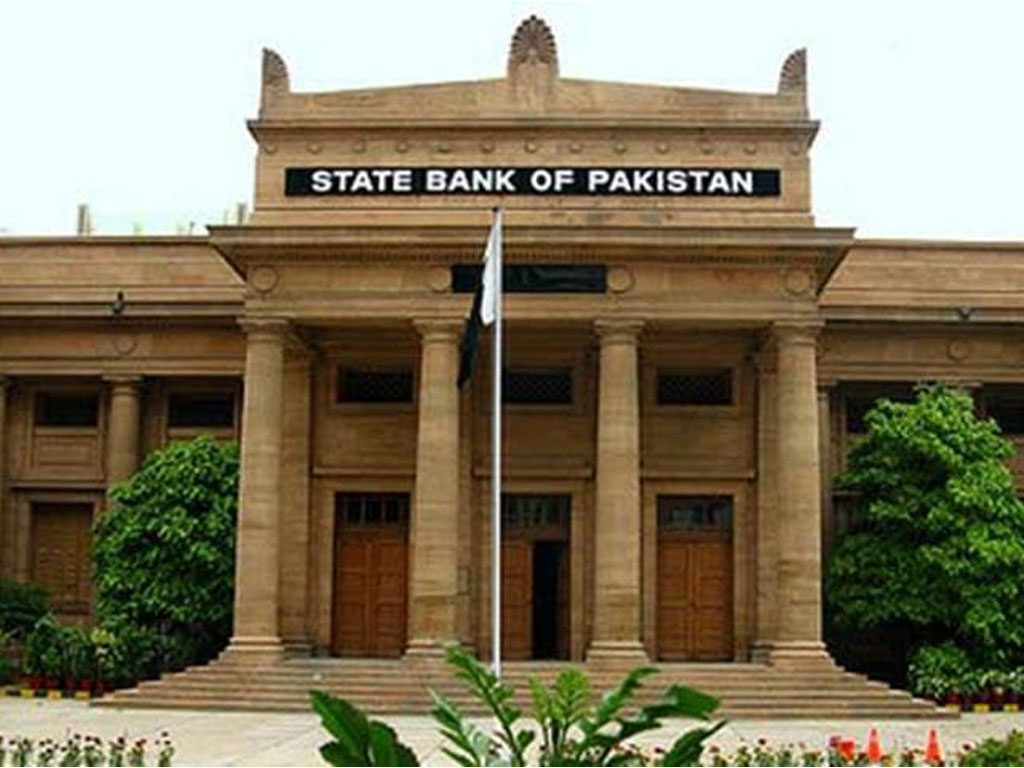 The hot topic these days at banks’ treasury is the potential flow of hot money. The market is skeptical about the fluid nature of the portfolio investment, while the SBP maintains there is no need to worry about something that has yet not been flown in. Both the arguments have merits and demerits; and the need of having depth in debt capital market is imperative, and for that foreign participation is healthy, but without having a mechanism to arrange and manage these funds, a sudden outflow could create a crisis by itself.
The hot topic these days at banks’ treasury is the potential flow of hot money. The market is skeptical about the fluid nature of the portfolio investment, while the SBP maintains there is no need to worry about something that has yet not been flown in. Both the arguments have merits and demerits; and the need of having depth in debt capital market is imperative, and for that foreign participation is healthy, but without having a mechanism to arrange and manage these funds, a sudden outflow could create a crisis by itself.
The first thing that is required to be seen is what kind of funds are interested in investing in Pakistan. According to market sources, foreign banks operating in the country have commitments of about $6 billion to be flown in, mainly from hedge funds. These funds are ruthless, and are known for destroying weakening economies. The work on margins and exit at the time when they are needed the most – remember East Asian crisis. So there are valid reasons to worry on untimely exit of money that is not flown it yet.
Since the money is committed, not yet in, it is time to work on building the mechanism that will ensure no crisis to occur in case of sudden exit of potential money flowing in. However, the need of foreign reserve building is imperative for attaining stability, and for that, foreign portfolio investment coming in government papers is encouraging.
The key is to have the right pace – not too fast and not too slow – if the banks have commitment of $6 billion, let the first billion flow in slowly in the next 6-9 months, and by that time, the actions are to be taken to deepen the debt capital market. Pakistan has been compared with emerging economies like Turkey and Egypt, where portfolio investment has seen some success. But no one talks about the preparation and openness of these economies to foreign capital and human flows which are sadly missing in Pakistan.
Egypt economy functions on Suez Canal and tourism related flows for past decades, the capital mobility is easy and is backed by big boys which would become shock absorber, in case of emergency – Middle Eastern countries like KSA and UAE have invested $5-6 billion out of around $20 billion portfolio investment. For Turkey, tourism is a key industry and proximity to Europe has opened the economy. In Pakistan, these elements are missing, and the domestic system does not have the kind of capacity to absorb shocks. Pakistan could become another Argentina, as feared by banking gurus.
Had the asset managers been coming to Pakistan with a long term view, it would have been a different scenario; but the hedge fund managers are like sharks – they smell the return by carefully calibrating the risk, and are sharp enough to exit before the risk becomes reality. However, that won’t be happening in months. If we get the nod of FATF and the way IMF and other multilaterals are showing satisfaction on economic reforms, the money can stay in for 2-3 years. That is enough time, for a committed government to implement much needed structural reforms to have sustainable flows like exports and FDI.
These hedge funds work on interest rates differential – it is called carry trade in treasury lingo. They will remain engaged as long as interest differential is lucrative. That does not mean that Pakistan has to keep interest rates at current level or higher for these flows to be sticky. It is about risk return matrix – if the structural reforms take place, and if the macroeconomic risks diminish, the money can stay even at relatively lower interest rates. That means SBP and MoF have to really work on structural reforms for keeping these funds interested for medium to long term.
Plus, these flows will create excess liquidity in the domestic banking system which should potentially take the interbank rates down (KIBOR) – why the KIBOR has to move in line with T-Bills or discount rate.
There are signs of cartelization in domestic banks, and the most effective way to break cartel is by bringing in the competition; and the hot money will surely bring competition.






















Comments
Comments are closed.